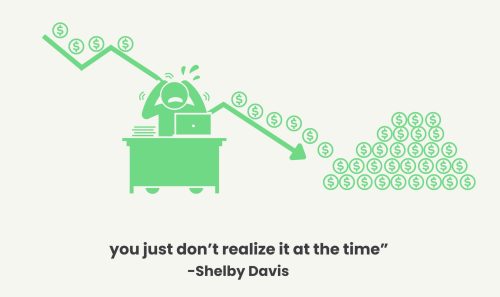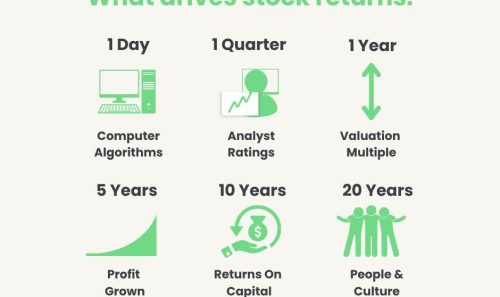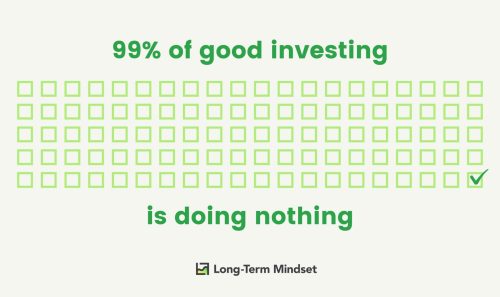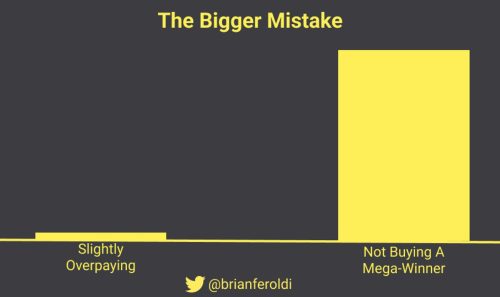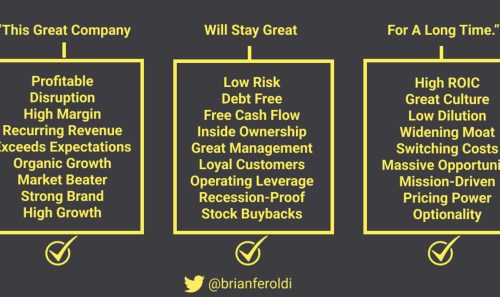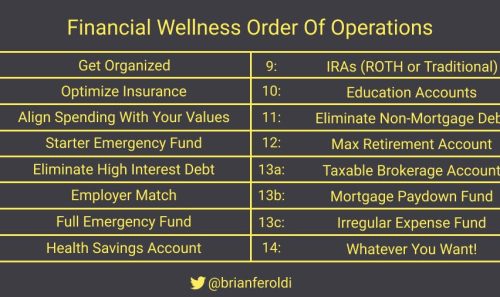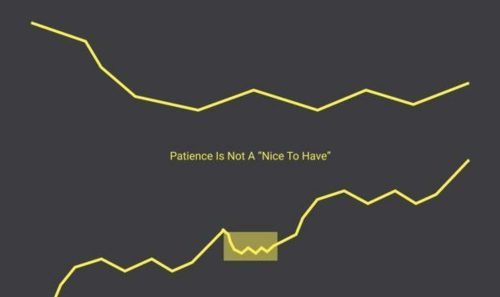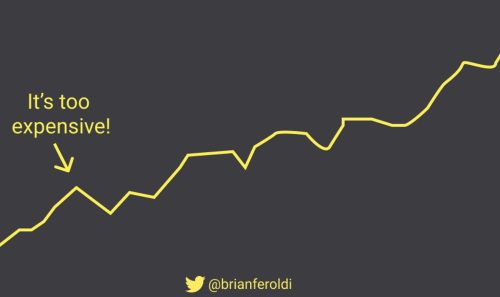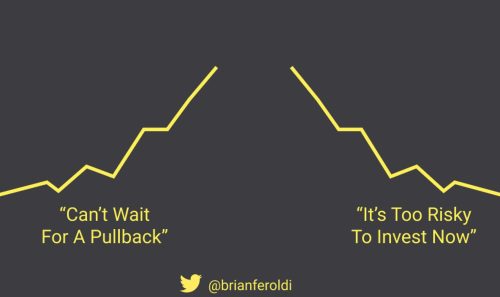🧠 The Curious Case of Carvana
View Online | Sign Up | Advertise
Friends,
Carvana’s business model is pretty simple. It aims to buy used cars for the lowest possible price and sell them for the highest possible price.
Last year (2022) was not kind to that model: it spent billions obtaining used cars when prices were at all-time highs, then tried selling them right as interest rates started rising and demand tapered off. Adding insult to injury, the company had to devote nearly 40% of its gross profit to interest payments on its debt. The stock cratered to all-time lows in December.
2023 has been a turnaround year. Carvana cut costs dramatically, restructured its debt, and stabilized its business. It’s worked! This left-for-dead company has been a 15-bagger since the lows. If you invested $10,000 in December, you would now be sitting on $150,000.
Results like that are exciting. It might even lead you to conclude that devoting a significant portion of your portfolio to companies in turnaround mode is a savvy move.
We think that’d be a mistake.
For every turnaround success story that works, five more didn’t make it (RadioShack, Bed Bath & Beyond, Sears, Toys R Us, Circuit City..etc.). But our brains are wired to focus on and remember outliers like Carvana. That causes us to ignore the base case: most companies in dire straights go bankrupt.
If you devote a large portion of your portfolio to speculative turnarounds, the chances of losing everything — over the long run — rounds to 100%.
Those aren’t good odds.
Does that mean we think you should avoid turnaround altogether? No, it does not. Instead, we think you should consider allocation wisely.
As one of our favorite investors –Tom Engle — likes to say, “If this company is the next great growth stock, a little is all I need. If it’s not, a little is all I want.”
Remembering that quote will help you better manage the downside risk in your portfolio. And that’s half the battle of investing.
Wishing you investing success,
– Brian Feroldi, Brian Stoffel, & Brian Withers
P.S. – We are hosting a free webinar, How To Analyze Unprofitable Businesses, on Thursday, October 12th at noon EDT. Click here to register with 1-click instantly. If you can’t attend live, registering will put you on the list to receive a replay.
Together with CNBC Pro
We recently gained access to CNBC Pro. If you’re an investor, there’s a lot to like about this site.
CNBC Pro enables users to access ad-free, full-length interviews with guests that only CNBC can access, such as Warren Buffett, Bob Iger, Ken Griffin, and Ron Barron. It also offers live monthly ‘Pro Talks’, hour-long discussions with big-name money managers. Past guests include Cathie Wood & Thomas Russo. Bill Ackman will be a guest in the near future.
CNBC Pro also features a growing library of ad-free videos, up-to-date insights from professional analysts, breaking news, trending tickers, analyst upgrades & downgrades, and insights into the big macro.
Take a tour of CNBC Pro’s full features by clicking here.
One Simple Graphic:
|
|
One Piece of Timeless Content:
This 2019 article from our very own Brian Stoffel makes a compelling argument for the 1% of things that could make a massive difference in your happiness.
One Thread:
Max Koh started investing in his 20s and, by the young age of 29, crossed $1M in his investment portfolio. He has since become financially independent and shares insights from his journey on Twitter/X.
|
One Resource:
Interested in dividend-generating stocks? You should familiarize yourself with the Dividend Kings. These stocks have raised their annual dividends yearly for 50 years or more.
One Quote:
|
|
More From Us:
🎥 Join us on Thursday, 10/12, for our webinar: How to Analyze Unprofitable Businesses. Click here for more information and to register.
👨🎓 NEW! We’re launching a brand new course — Advanced Financial Statement Analysis — in October! See the details and join the waitlist.
📗 If you’ve read Brian Feroldi’s book, he’d love a review.
👨🎓 Need help getting your personal finances in order? Click here to start our 5-day Financial Wellness email course. It’s completely free.


